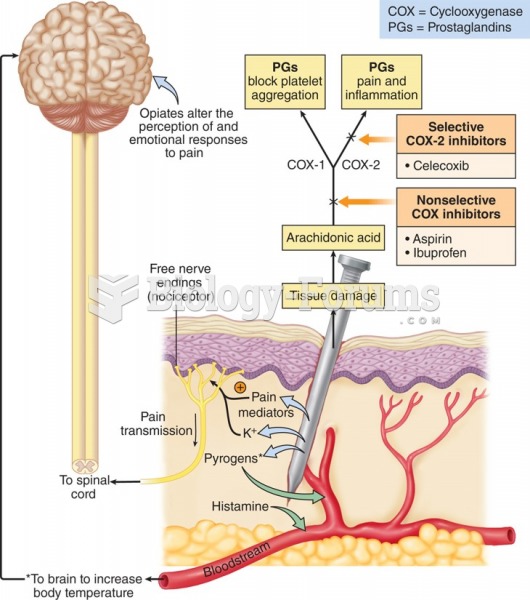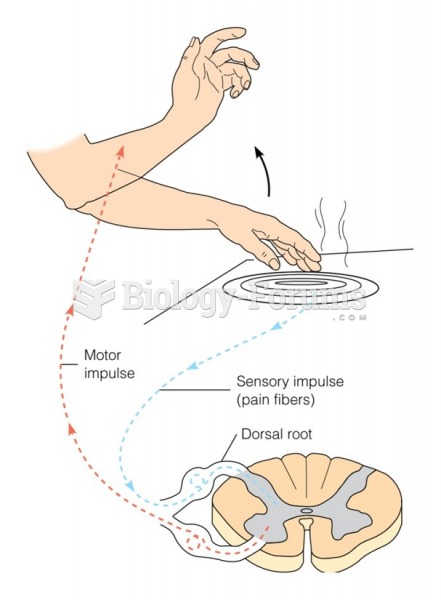Answer to Question 1
ANS: D
It is essential that the nurse identify life-threatening concerns and patient situations that need to be addressed most quickly. The ABCs of life supportairway, breathing, and circulationare a valuable tool for directing the nurse's thought process. Depending on the severity of a problem, the steps of the nursing process may be performed in a matter of seconds. For instance, if a patient is in respiratory arrest, the most critical goal is for the patient to begin breathing. Pain, hunger, and decreased self-esteem are not immediately life threatening. The absence of pulse is.
Answer to Question 2
ANS: A
Use of Maslow's hierarchy of needs helps to organize the most-urgent to less-urgent needs. This framework organizes patient data according to basic human needs common to all individuals. Maslow's theory suggests that basic needs, such as physiologic needs, must be met before higher needs, such as self-esteem. The first level is physiologic and includes basic survival needs such as airway patency, breathing, circulation, oxygen level, nutrition, fluid intake, body temperature regulation, warmth, elimination, shelter, sexuality, infection, and pain level. The next level is safety and security includes physical safety (prevention of falls and drug side effects) and knowledge of routines and procedures. The level of love and belonging involves the need for love and affection, including compassion from the care provider, information from family and significant others, and strength of a support system. Self-esteem refers to the need to feel good about oneself and includes changes in body image (from injury, surgery, puberty) and changes in self-concept.







